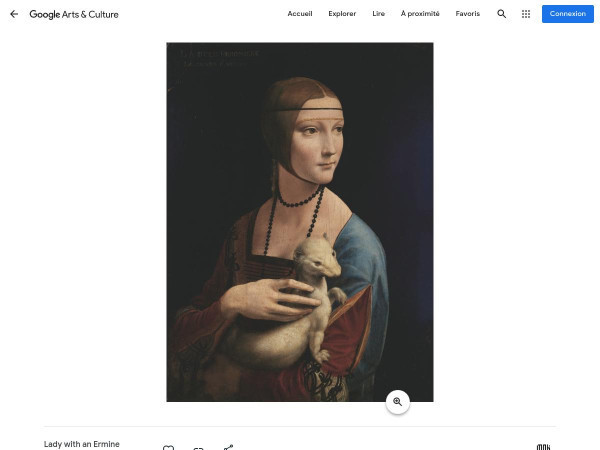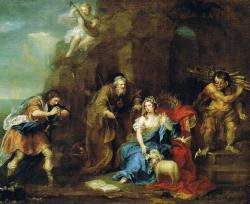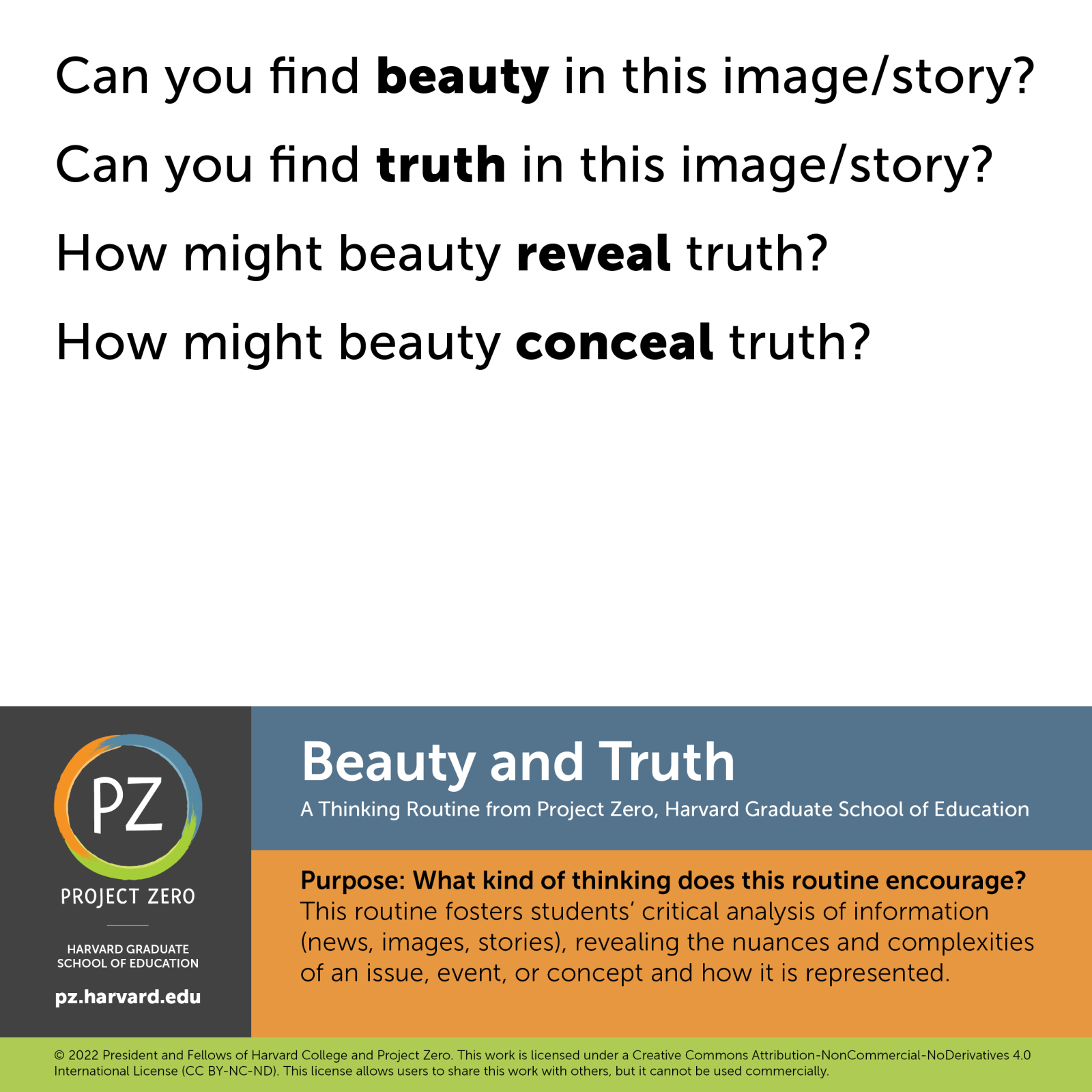Annette Spahr
As a Harrisburg Academy Upper School teacher, I interact daily with 10th, 11th, and 12th grade students - some who were born and raised in central Pennsylvania, and many others who have come to our school from China, Spain, Finland, South Korea, and Germany to receive their IB (International Baccalaureate) degree. I currently teach 10th grade American Literature, and 11th & 12th Grade IB Higher Level Literature. Additionally, as an IB (International BaccaIaureate) school, we offer a course called "Theory of Knowledge," or "TOK" - which pairs wonderfully with the Smithsonian resources available through the Learning Lab. I've had the pleasure of teaching TOK since 2022. I currently live in a small Central Pennsylvania town with my husband, and I'm missing my three kids terribly as a few years ago I officially become an "empty nester." I love to read (naturally!), visit museums with my daughter who has lived in Washington D.C. and now resides in Philadelphia, as well as spend my time swimming, hiking, and taking an endless number of photographs.
Annette Spahr's collections
History is the Engine that Drives American Literature: Works to Preview American Literature Curriculum
 Annette Spahr
Annette Spahr
From The Mixed Up Files of Mrs. Basil E. Frankweiler
 Annette Spahr
Annette Spahr
"The Tempest" - Launching the play (See/Mood/Thematic ideas thinking routine) #SAAMteach
 Annette Spahr
Annette Spahr
Henry David Thoreau and IBM (Civil Disobedience & Thoreau's Journals also discussed.)
 Annette Spahr
Annette Spahr
Harlem Renaissance: Women Writers of this period, asserting their independence
 Annette Spahr
Annette Spahr






